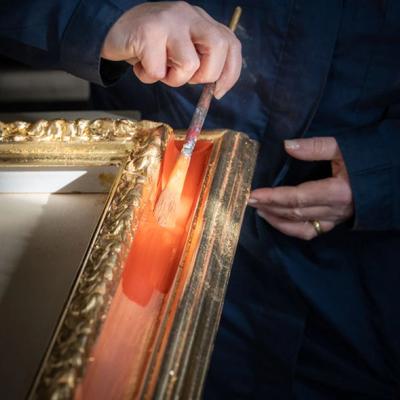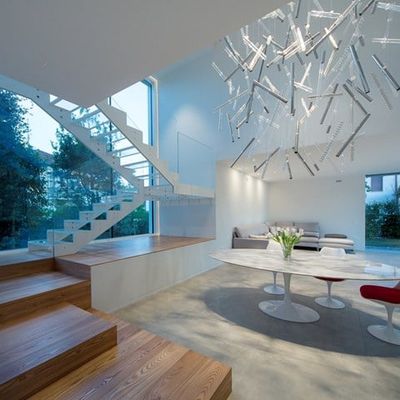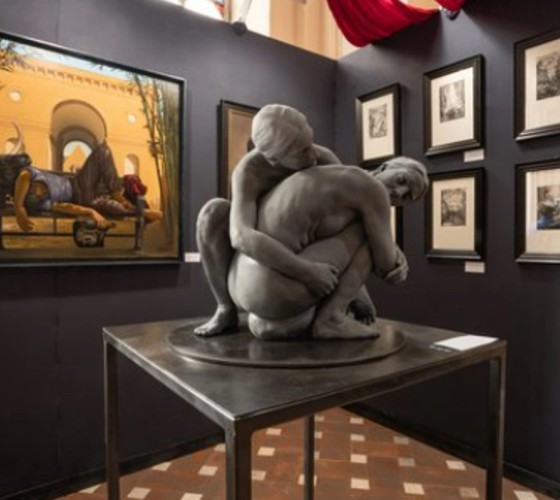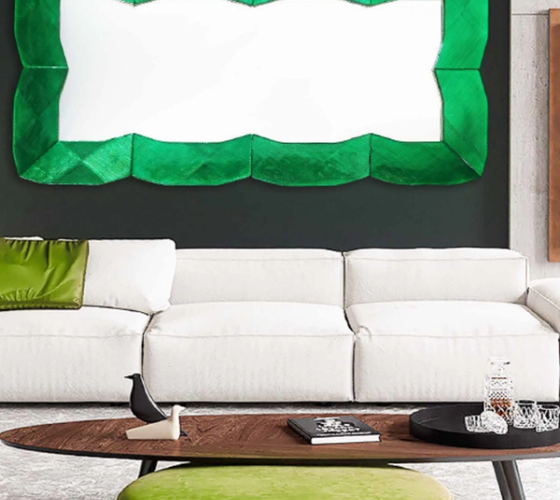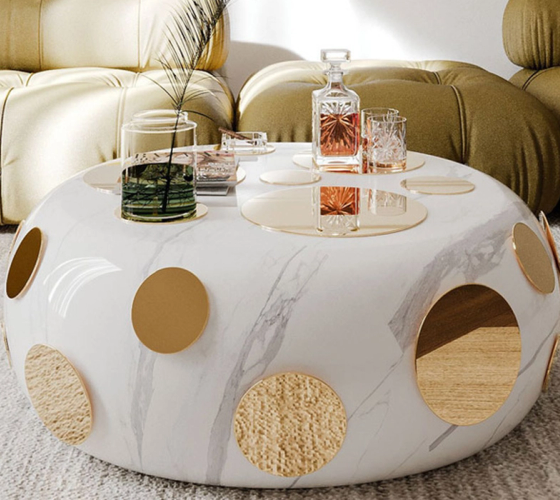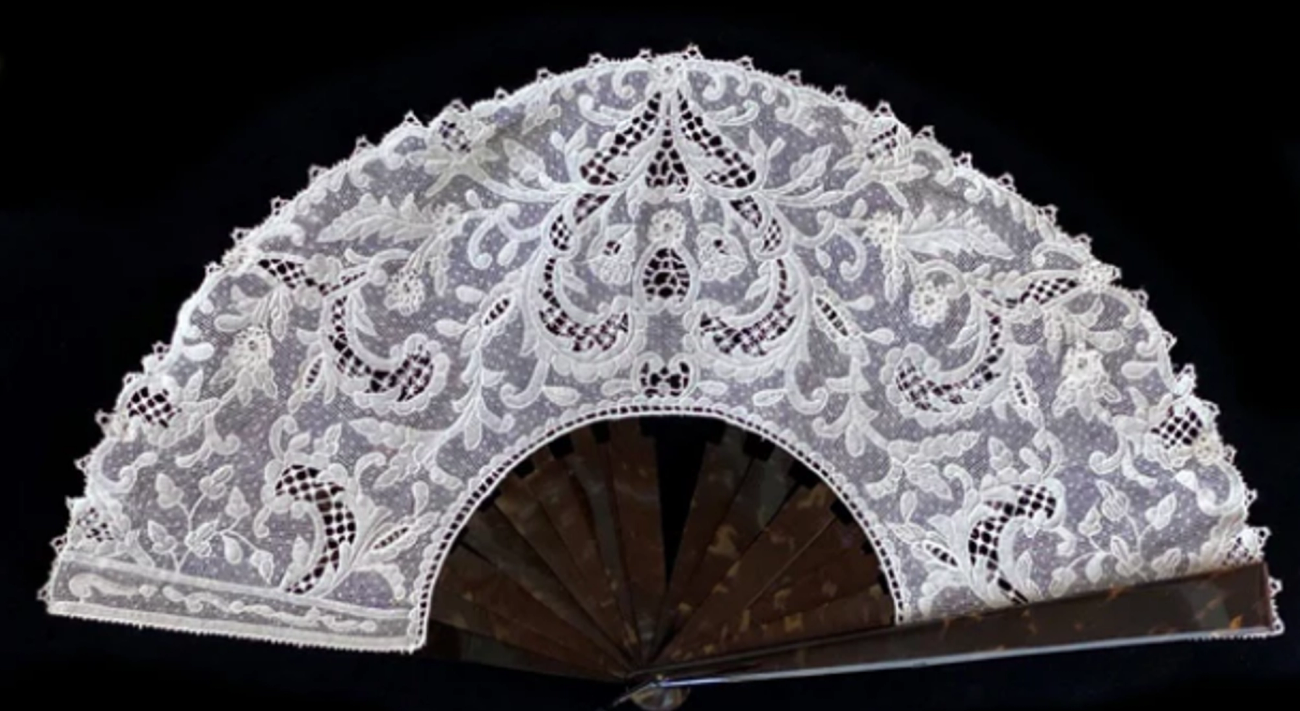
When Objects Speak: How Meaningful Design Encourages Conversation
Beyond Aesthetics—Objects as Relational Devices
In contemporary interior design, the integration of artisanal objects goes far beyond decorative function. These elements, often unique and rich in material specificity, can act as catalysts of interaction, initiating conversation and reinforcing cultural or personal identity. As interior design evolves toward a more human-centered and experience-driven discipline, the role of objects as communicative agents becomes increasingly relevant.
The Concept of the Conversation Piece in Design Theory
In design theory, the term conversation piece is used to describe an object that captures attention and elicits dialogue through its uniqueness, provenance, material, or symbolic content. Unlike generic decorative items, these pieces interrupt the neutrality of a space and introduce semantic density—an opportunity to decode meaning, interpret a story, or share personal associations.
From a semiotic standpoint, artisanal objects are non-verbal signifiers that signal values, affiliations, or aspirations. The texture of a handmade ceramic, the irregular contour of a forged metal piece, or the asymmetry of a mosaic detail function as signs within a visual language that invites interpretation and response.
Spatial Dynamics and Social Interaction
The strategic placement of conversation pieces within a space supports specific spatial dynamics:
- In hospitality: they break the anonymity of transient spaces, anchoring them in narrative and inviting interaction among guests.
- In residential settings: they externalize identity, functioning as memory anchors and triggers of autobiographical storytelling.
- In retail and commercial environments: they become tactile brand interfaces, connecting customers emotionally to a space or product narrative.
Designing with this in mind requires a shift in mindset—from composing a visually pleasing arrangement to curating micro-narratives within the interior.
Artisanal Craftsmanship and the Psychology of Engagement
Handmade objects carry perceptual irregularities and material authenticity that stimulate curiosity and invite tactile exploration. Neurologically, humans are drawn to stimuli that deviate slightly from expectation—an effect known as “predictive error” in cognitive science. Artisanal design leverages this by producing forms, surfaces, and textures that resist visual flattening, increasing dwell time and engagement.
Additionally, the imperfection inherent in handcrafted objects elicits emotional warmth and human relatability, in contrast with industrial perfection. This emotional accessibility enhances the object's role as a conversation starter.
Designing for Connection: Strategic Criteria
To intentionally design for conversational potential, interior designers and curators can apply specific criteria:
1. Narrative Density
Choose pieces that convey layered meaning—historical, cultural, or personal. This may involve:
- Commissioned objects that integrate local iconography or symbols.
- Restorations that preserve traces of previous use or function.
- Multimaterial compositions that juxtapose different craft traditions.
2. Visual Disruption
Introduce elements that contrast with the dominant aesthetic logic of the space. This principle, rooted in Gestalt psychology, enhances perceptual salience and positions the object as a visual “punctuation mark.”
3. Tactile Invitation
Select materials that invite physical interaction—raw wood, unglazed ceramics, natural fibers. The haptic quality of a surface increases emotional connection and encourages storytelling upon contact.
4. Contextual Integration
Ensure the object is not isolated as a trophy, but embedded within the relational logic of the space. A conversation piece should mediate between people, not between person and display.
One Example, Many Meanings: David Chipperfield’s Museo delle Culture, Milan
A compelling example is the Museo delle Culture (MUDEC) in Milan, designed by David Chipperfield. Within its central hall, the use of irregular panels in handcrafted metal and textured plaster creates a sensorial field that provokes visitors to stop, observe, and comment. These architectural “objects” are not art in the traditional sense but serve a similar function: they interrupt flow, generate curiosity, and become the origin point for shared reflection among visitors.
This project demonstrates that even within institutional or minimalist contexts, carefully selected crafted interventions can activate the space socially and cognitively.
Implications for Professional Practice
Interior designers, curators, and spatial strategists should recognize the value of artisanal conversation pieces as tools of soft mediation:
- In corporate settings, they humanize formal environments, supporting informal dialogue.
- In wellness and residential design, they provide grounding focal points that invite presence and introspection.
- In branded spaces, they offer narrative consistency between product, environment, and audience expectations.
In all contexts, the goal is not to decorate, but to design relationships—between people, places, and stories.
Download Our Handbook: Learn how to integrate storytelling-driven design into your projects. Download Now
From Object to Encounter
Designers who work with craftsmanship understand that the true value of an object is not in its rarity or cost, but in its capacity to generate connection. Whether through material presence, symbolic resonance, or unexpected form, conversation pieces act as social activators, turning static interiors into spaces of encounter and exchange.
In a world increasingly saturated with content and image, what remains truly memorable is what sparks dialogue. And in interior design, few things are more powerful than an object that speaks.
Let’s Create Something Remarkable Together: For curated objects and personalized consultancy, contact us at hello@italianicity.com.
